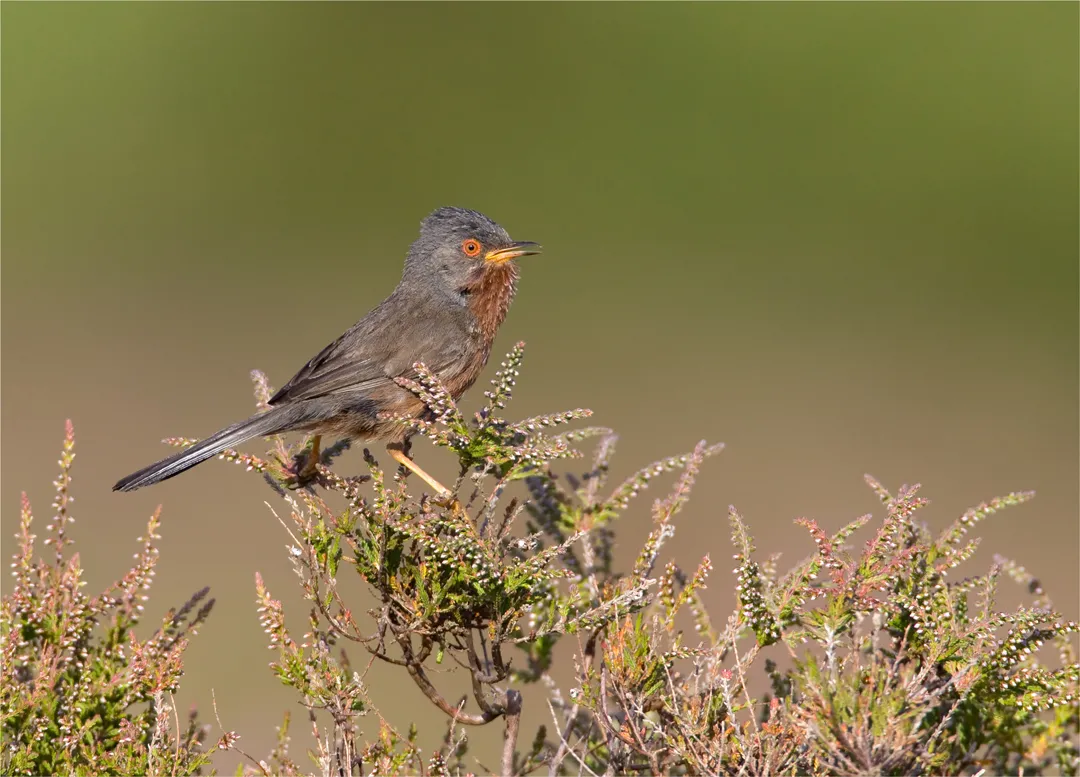Citation

Overview
Ecological barriers, such as mountain ranges, might reduce the ability of species and communities to respond to climate change by shifting their distributions, something that is explored in this study.
In more detail
A changing climate places pressure on individuals, species and communities, forcing them to either adapt to changing conditions or move to where conditions remain favourable. If they are unable to adapt or move then they may go extinct.
Studies that model the likely impacts of climate change often fail to take into account the effects of ecological barriers, such as mountain ranges or seas, that can reduce the ability of species and communities to follow shifts in favoured environmental conditions.
By using data from the two European breeding bird atlases, this study explores potential shifts in European bird communities and the extent to which ecological barriers have influenced these. The study found that ecological barriers, in the form of mountain ranges and coastlines, affected both the distance and direction of bird community shifts.
The study underlines the need to include knowledge of ecological barriers when seeking to predict the responses of bird communities to a changing climate. If we do not take the barriers into account when modelling the likely impacts of climate change, then decision-makers and conservation practitioners will have incomplete or misleading information on which to base their decisions.
Abstract
Species’ range shifts and local extinctions caused by climate change lead to community composition changes. At large spatial scales, ecological barriers, such as biome boundaries, coastlines, and elevation, can influence a community's ability to shift in response to climate change. Yet, ecological barriers are rarely considered in climate change studies, potentially hindering predictions of biodiversity shifts. We used data from two consecutive European breeding bird atlases to calculate the geographic distance and direction between communities in the 1980s and their compositional best match in the 2010s and modelled their response to barriers. The ecological barriers affected both the distance and direction of bird community composition shifts, with coastlines and elevation having the strongest influence. Our results underscore the relevance of combining ecological barriers and community shift projections for identifying the forces hindering community adjustments under global change. Notably, due to (macro)ecological barriers, communities are not able to track their climatic niches, which may lead to drastic changes, and potential losses, in community compositions in the future.
The Second European Breeding Bird Atlas was developed by the Atlas Steering Committee (ASC) of the European Bird Census Council after several years of work with experts and national representatives from across Europe. The authors thank their colleagues in the ASC, Hans-Günther Bauer, Ian J. Burfield, Iván Ramírez, Mark A. Eaton, Ruud P.B. Foppen, and David G. Noble for the fruitful work. This atlas is only possible thanks to the cooperation of national coordinators and their organizations, and especially thanks to the many volunteers conducting the bird surveys. They also thank Pius Korner for his valuable advice on circular statistical analyses. This study was supported by the Swiss National Science Foundation (grant P2BEP3_195232) and by the Academy of Finland (project 323527 and project 329251). M.K. and O.V.—The research was conducted as a part of The Governmental Theme no. 121032300105-0 implemented by the Zoological Museum at Lomonosov Moscow State University.
